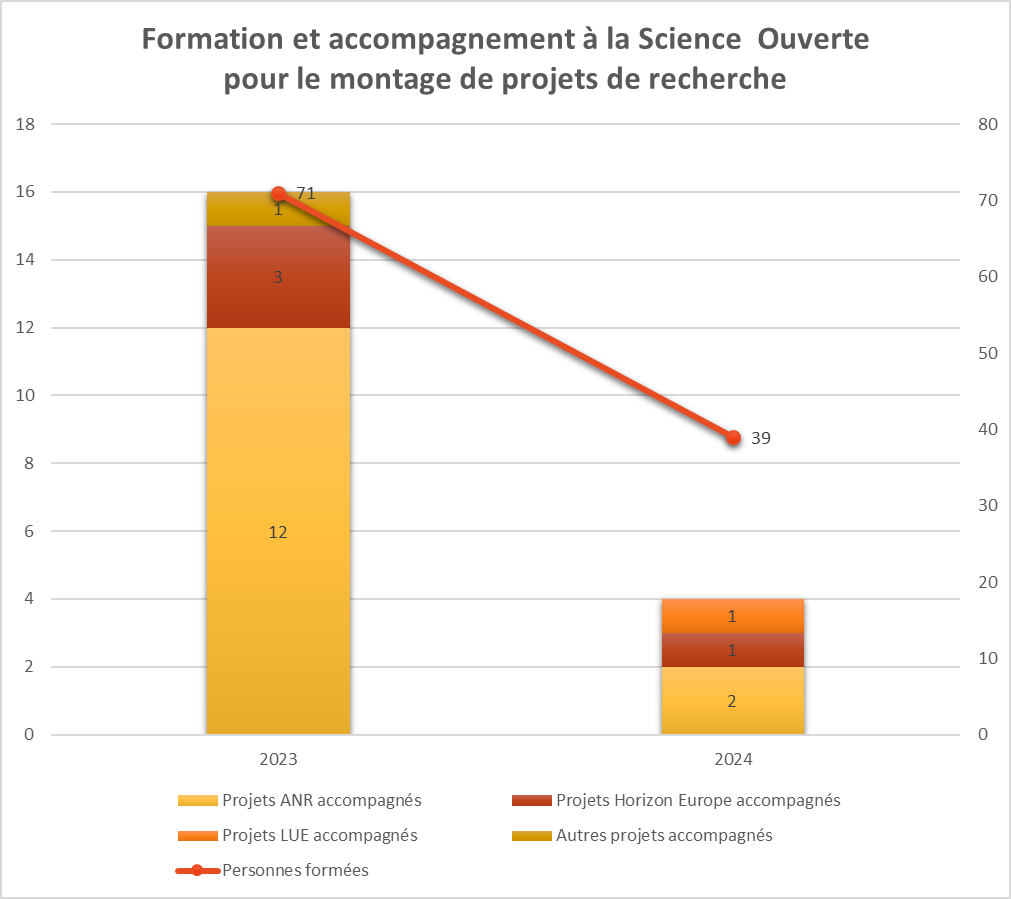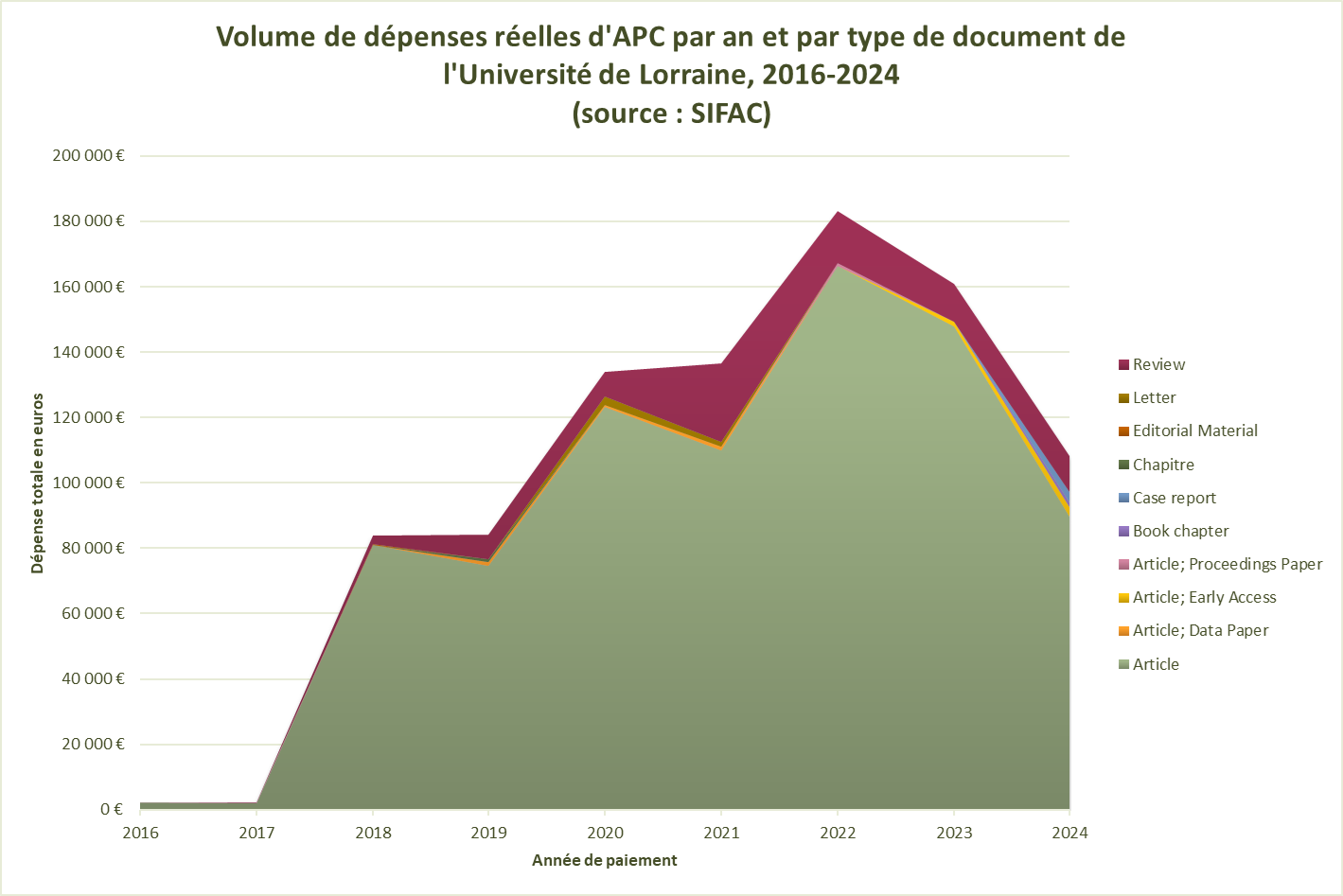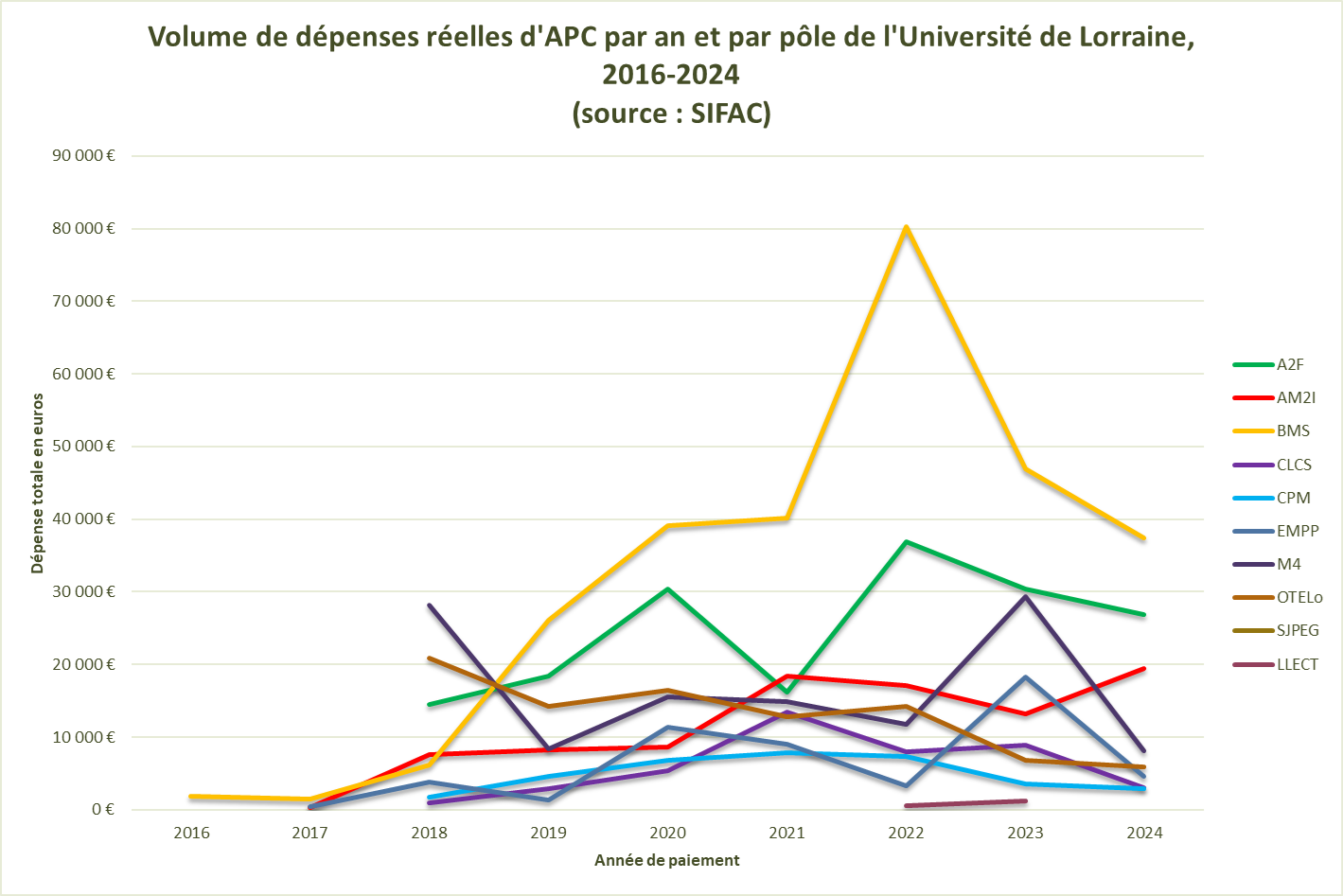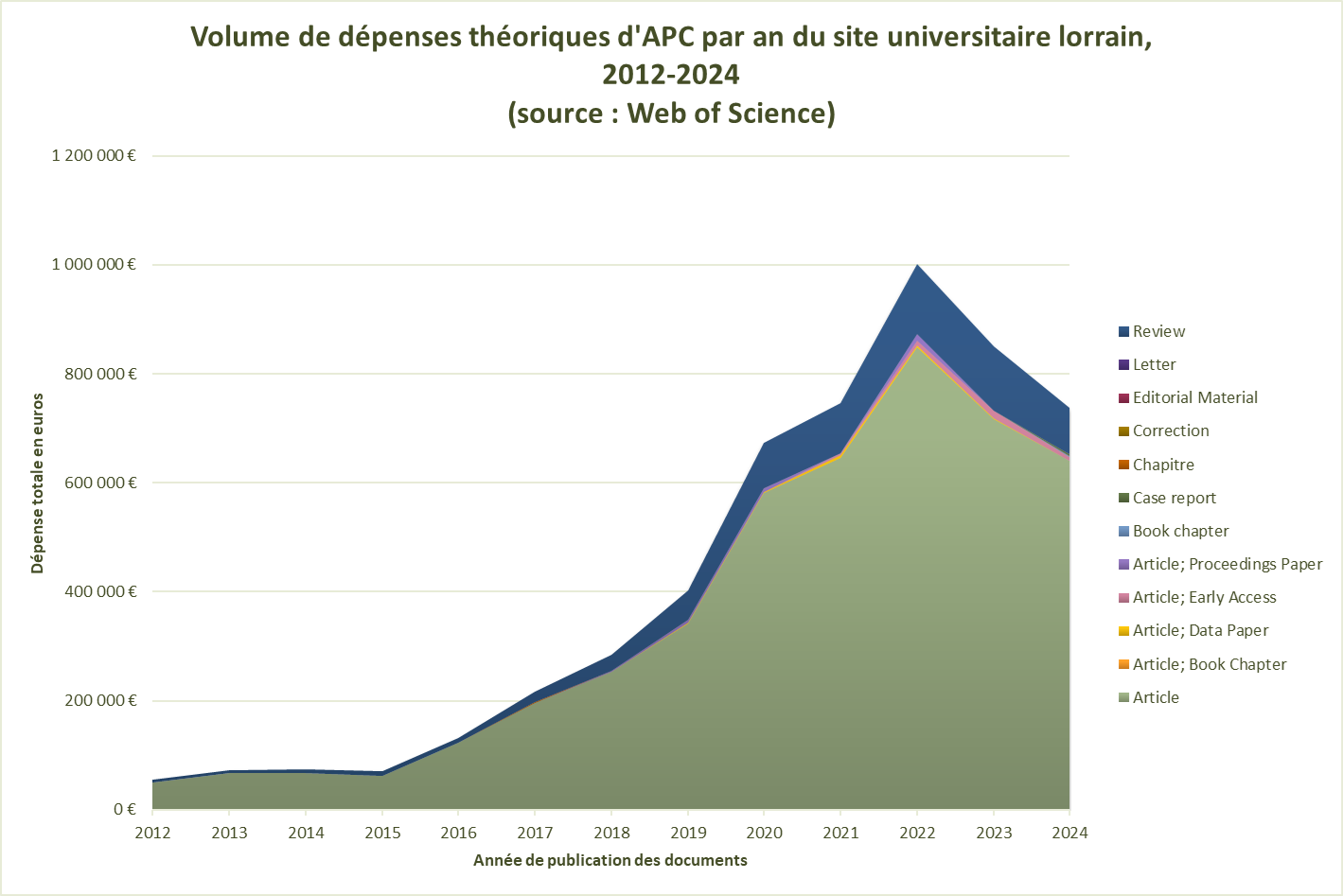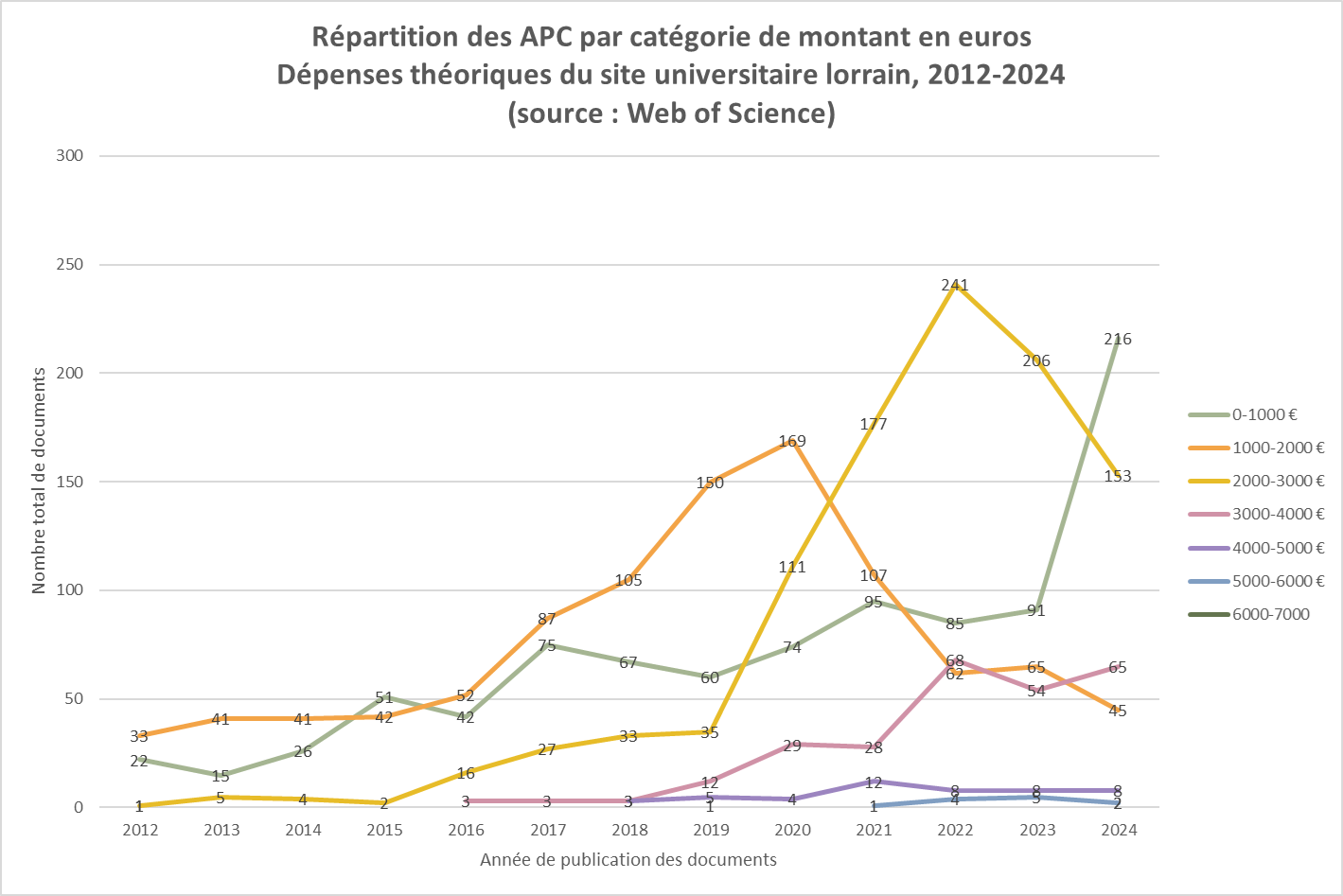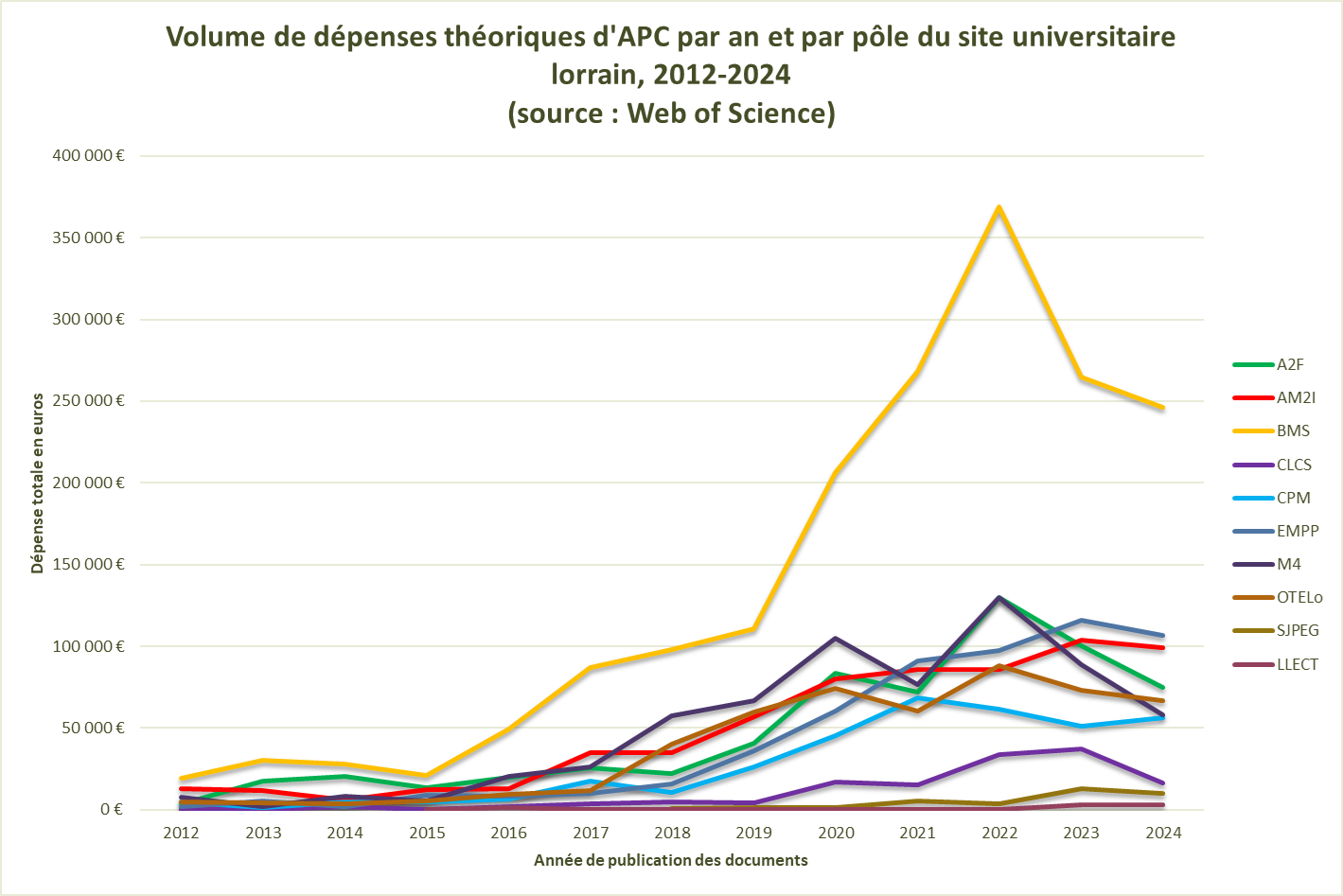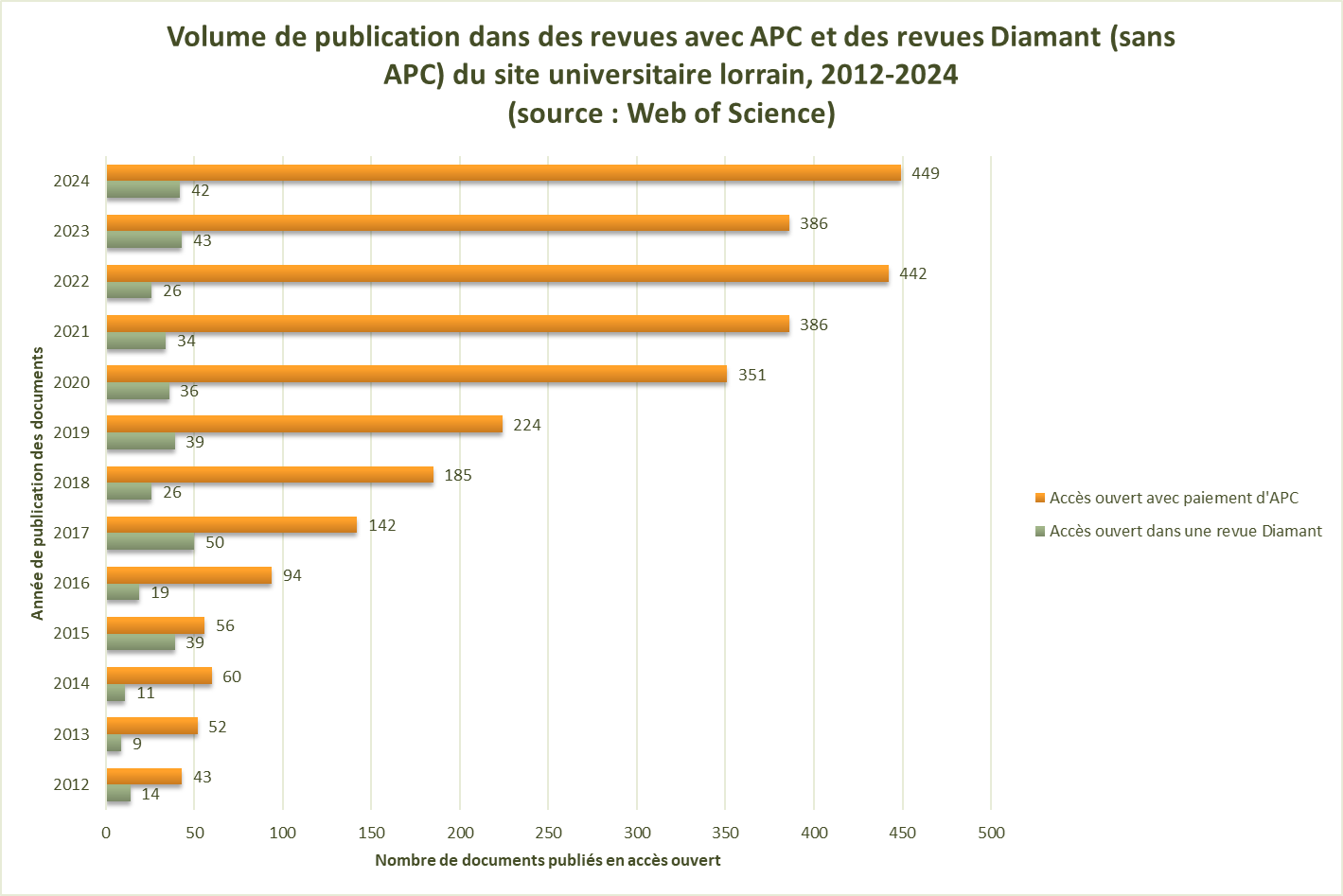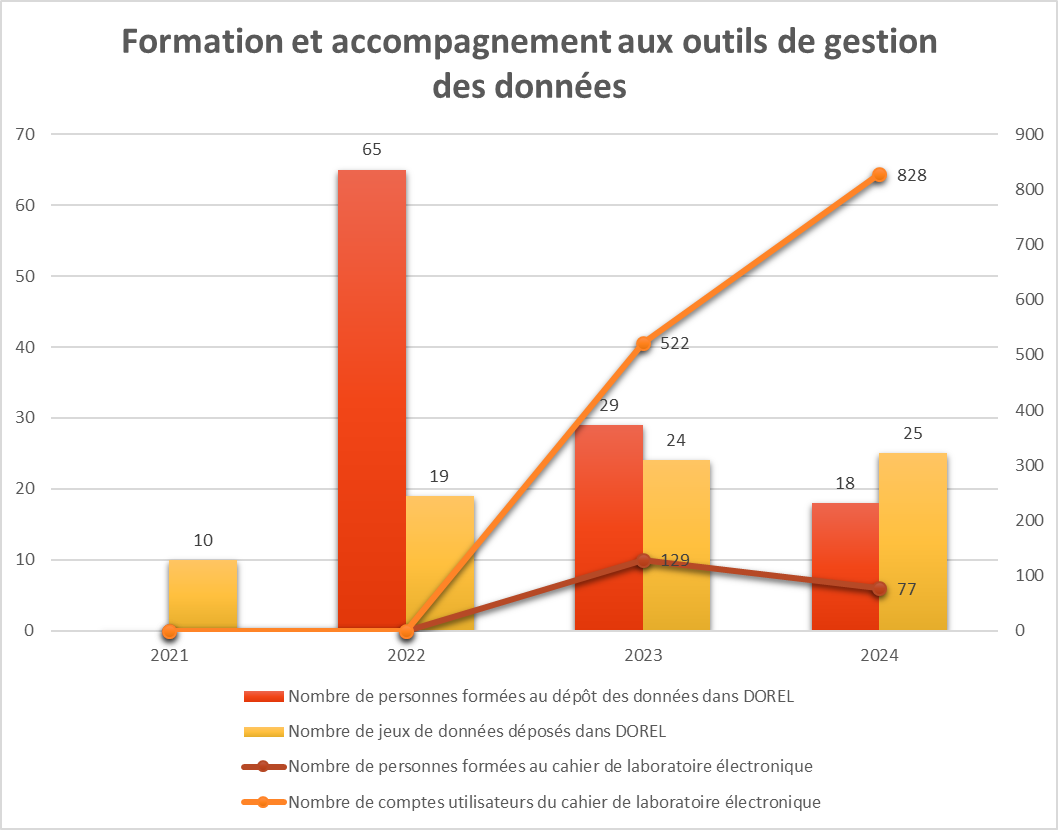The progression of open science at the University of Lorraine
It is possible to adapt these indicators to the scale of a HAL collection (see an example).
Context
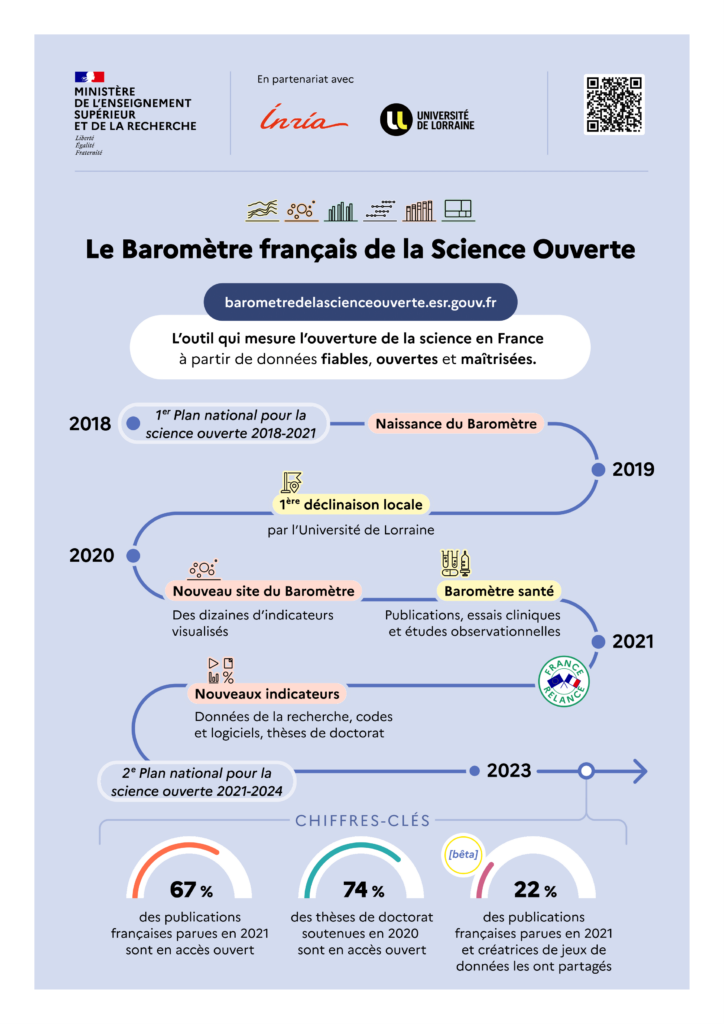
The University of Lorraine has a steering tool to monitor the progress of Open Science within its scientific production. In 2019, the Ministry of Higher Education, Research and Innovation produced a first version of the French Open Science Barometer. As the data and code of this Barometer are freely reusable, it was possible to take elements of it to write a new code to isolate the publications of the University of Lorraine. Graphs inspired by the national monitor were thus produced in spring 2020, in order to generate a set of relevant indicators, in numerical and graphical form. This code, developed at the University of Lorraine, is freely accessible and reusable from this address. Any research institution could thus be inspired to build its own monitor. It is indeed designed to allow a simple and customizable reuse. Please note that only the “Publications” part is treated in this code. The other graphs are based on internal UL sources and cannot be directly reused by other institutions.
Since January 2022, the national monitor allows a simplified version of the first version of the Lorraine monitor. Instructions for use are available at this address. The University of Lorraine is the first institution to offer the new version of this monitor, as of January 2022.
The raw data was collected in December 2024. In January 2015, 71,8% of the publications for the year 2023 are open.
The indicators on data and codes are the result of a collaborative project between the Ministry of Higher Education and Research, the University of Lorraine and Inria.
Disclaimer: the data used for the Lorraine Barometer come from various sources, such as Web of Science, PubMed, HAL, APC payments and Lens.org. Despite the cross-referencing of these data, the list of publications is not exhaustive.
Since March 2023, publications available in HAL but without a DOI can be processed in the Monitor. In order to keep a coherence with the previous editions of the Monitor, the corpus continues to be the publications with DOI. It is nevertheless possible to look at the overall open access rate when publications without DOI are included. It drops from 71,8% to 61,8%. This is due to the important number of records without full text deposited in HAL, notably in the field of SHS.
Indicators
Number of full-texts downloads of the Université de Lorraine HAL collection (robots included)
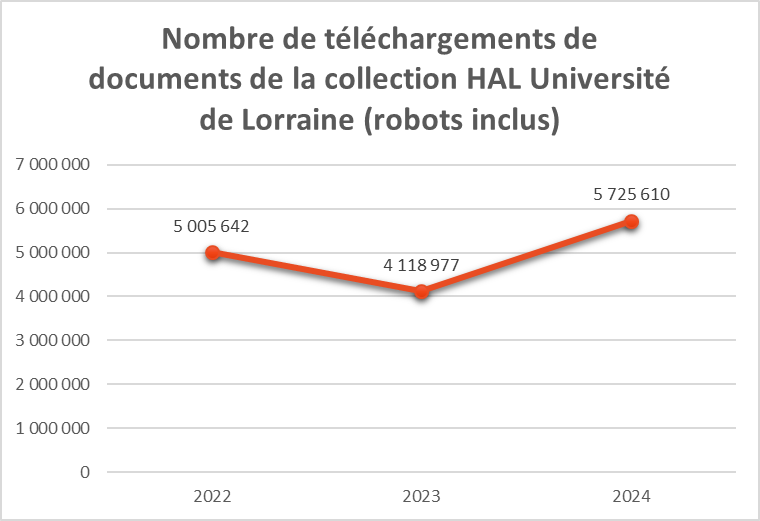
Payment expenses for article processing charges are tracked according to methods detailed in this article (in french). The calculations are made with a one-year time delay to obtain reliable and consolidated results.
Volume of real expenses by year and type of publication (SIFAC accounting software)
Volume of real expenses by year and scientific cluster (SIFAC accounting software)
Volume of theoretical expenses by year and type of publication (Web of Science)
Volume of theoretical expenses by expense amount in euros (Web of Science)
Volume of theoretical expenses by year and scientific cluster (Web of Science)
Repartition of articles and reviews with and without APC expenses
The Documentation Direction provides Open Science training and support for all staff at the Université de Lorraine.
Open Science training for PhD students, by doctoral school
In 2023, 291 doctoral students were trained in Open Science. A “trained person” is a single individual who has taken part in at least one training course in one of the “Open Science” modules in the Domptez la Doc catalogue. These courses can last from 1 to 3 hours.
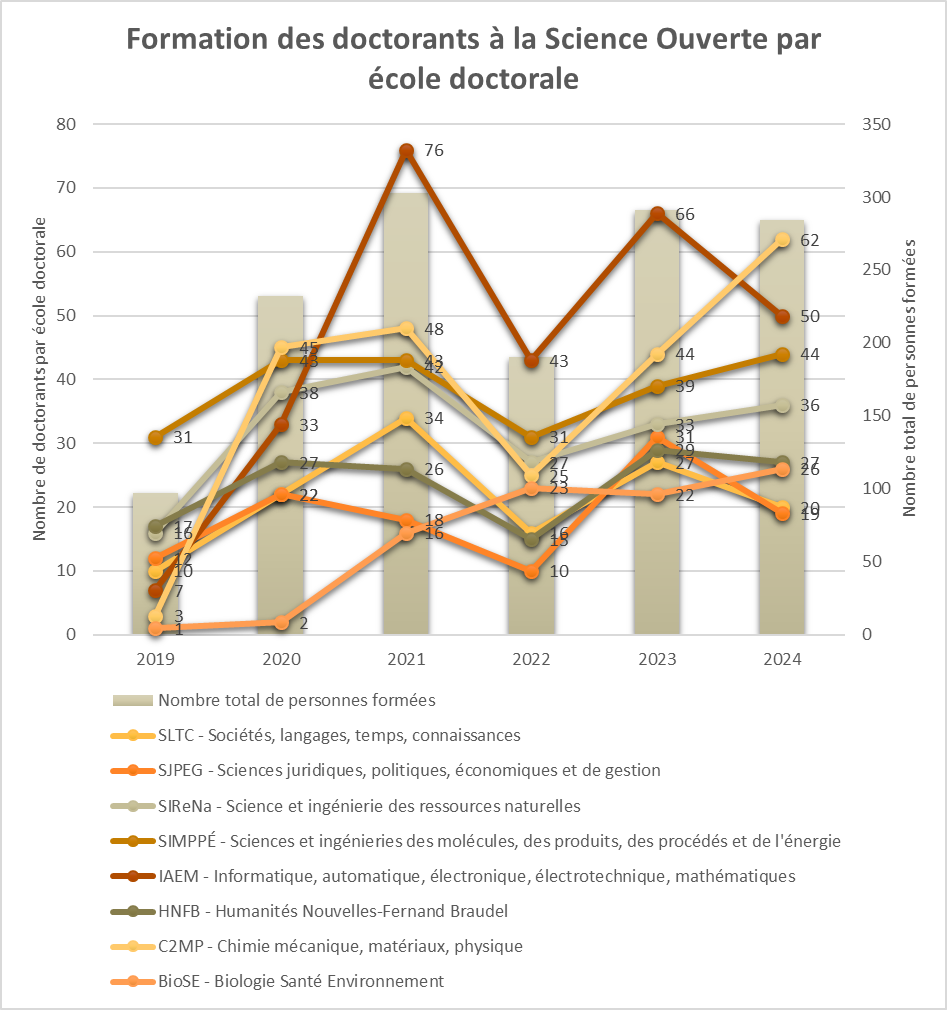
Training and support on research data management
In 2023, 46 people and 6 units were trained on data management plan, 45 on data research and 47 on data law. 31 research projects received support on managing their data.

Training and support on data management tools
In 2023, 24 datasets were submitted to DOREL, 29 people were trained on DOREL, 129 people were trained on the electronic laboratory notebook with eLabFTW for 522 user accounts.
Training and support for opening up publications (including HAL)
In 2023, 385 people were assisted with the opening of publications, for a total of 86.5 hours.
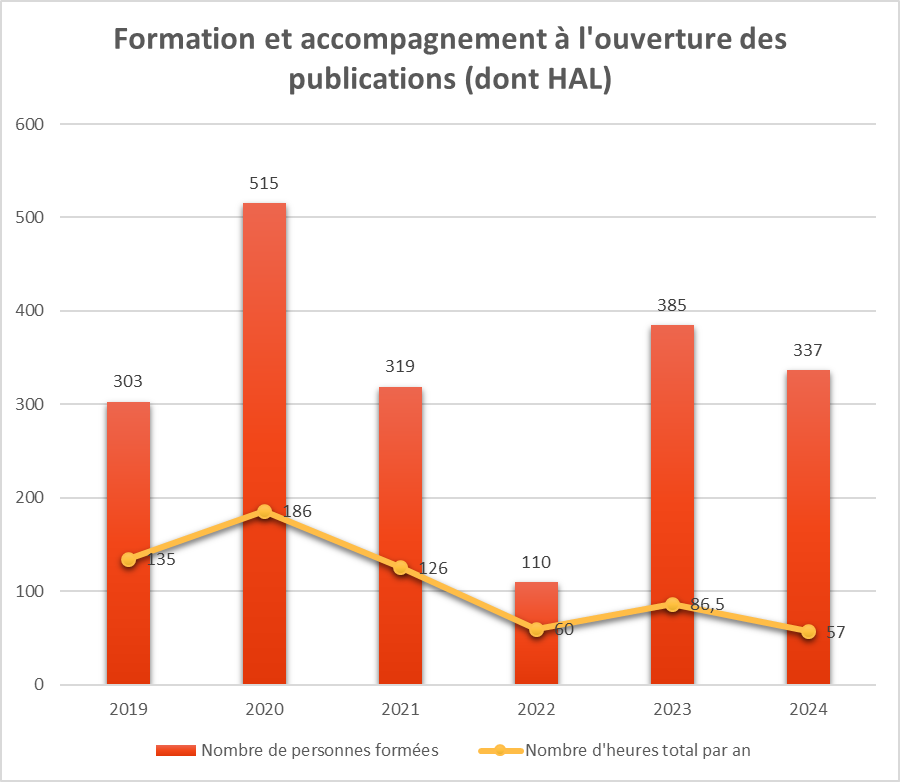
Training and support for scientific publishing
In 2023, 14 people and 10 journals were supported. 22 journals published by the Université de Lorraine are in Diamant open access (at no cost to authors or readers), 9 of which are listed in the DOAJ and 1 of which has the DOAJ Seal quality label. 7 works published by the Éditions de l’Université de Lorraine are in open access.
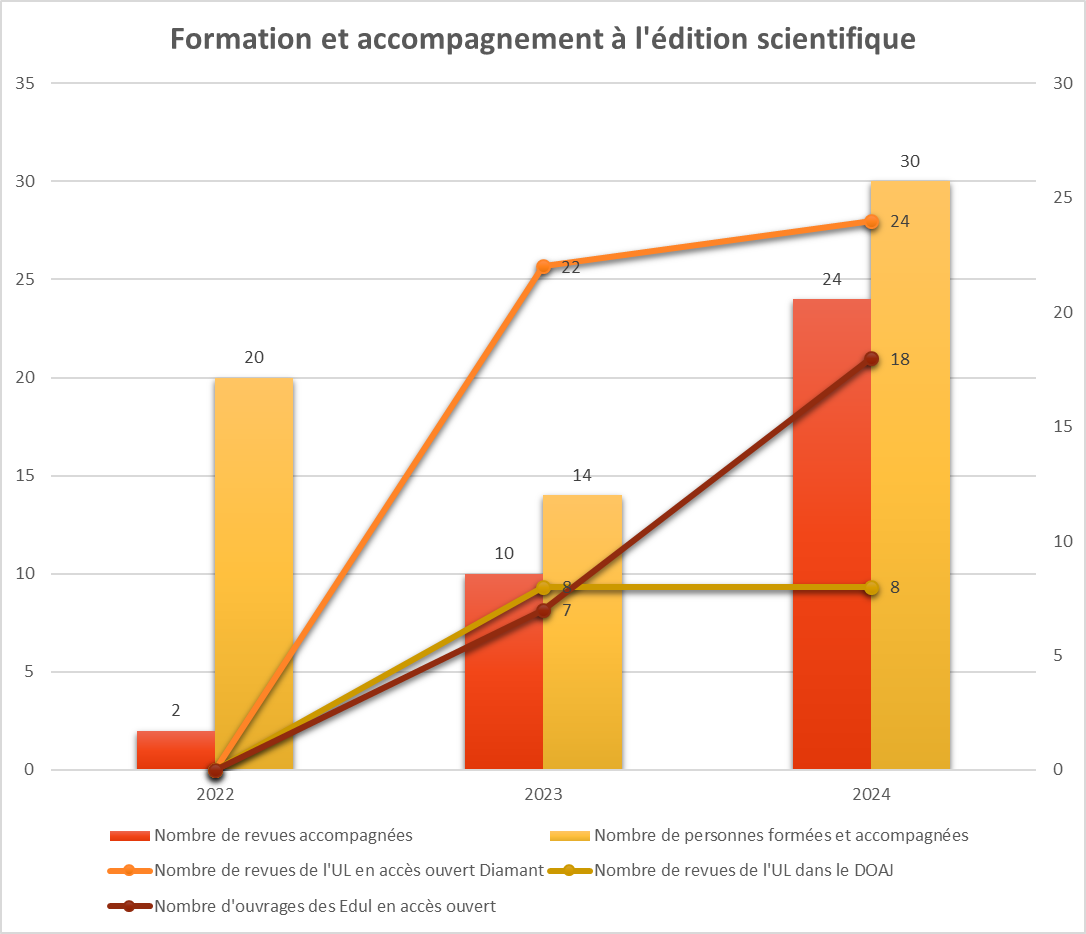
Open Science training and support for setting up research projects
Since 2023, a new unit has been in place to support researchers on Open Science issues in setting up a project.
